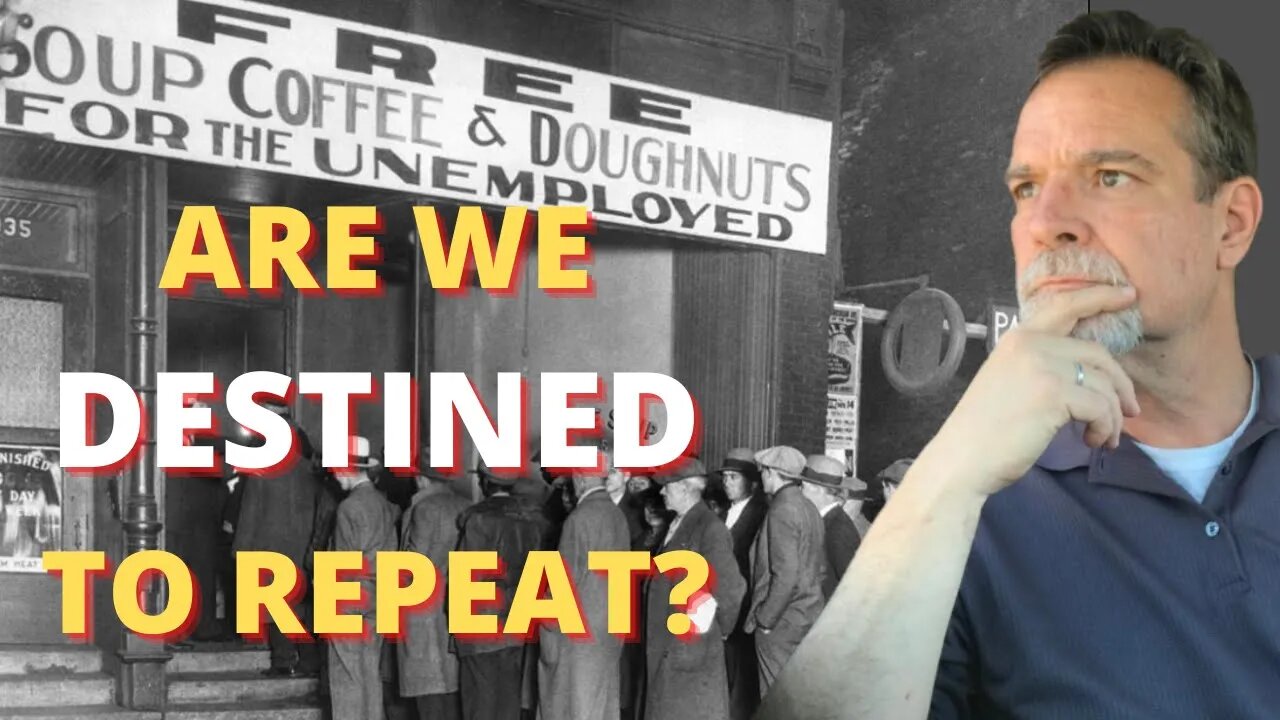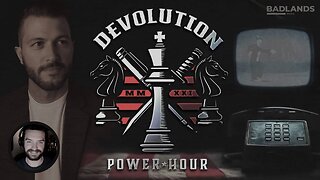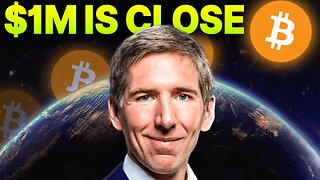Premium Only Content

Recession 2022
Watch this next for more information 👉 https://youtu.be/vnlYuB9Nca4
How to prepare for the next global recession
There’s been a lot of talk about inflation, stagflation, and even recession in the news lately.
Everyone knows the economy is driven by consumers. When consumers feel good about the future of the economy, they spend more. When they get a little worried, they draw back on spending and keep their money in hand. And that can lead to a recession.
A recession happens when there’s a slow down or a decline in economic spending. Individuals and businesses start saving more and spending less, and economic growth in production and manufacturing slows down. Unemployment soon follows as a result.
Most recessions in the recent past have followed a financial crisis, like what happened in 2008 with the subprime mortgages, or the early 2000’s with the dot.com bubble.
Sometimes it may be world events like the Iranian Revolution in the early 1980’s that drove up energy prices and led to a recession.
And I’ve been told that sometimes it’s just an out of the ordinary black swan event. I was speaking with a personal wealth manager recently, and given September 11 and the CoVid Pandemic, as black swan examples.
Either way, a recession in the United States might be just a few short months away as inflation reaches a 40-year high and energy prices continue to increase.
The Federal Reserve is trying to take aggressive steps to head off inflating prices and avoid a recession by raising interest rates for the first time in three years.
Many financial experts believe the Fed will raise rates to as high as three to three and a half percent by this time next year.
While it means that interest rates on savings accounts and CD’s will increase, it also means interest rates on credit cards, mortgages, and personal loans will increase. Same thing for loans between businesses, which prohibits lending and growth.
And that very well could put the country in to a recession.
Here are some other indicators to look for. Three big ones to watch closely.
One is an inverted bond market yield curve.
This happens when the yield on longer-term debt instruments falls below short-term debt.
Another precursor to a recession has been whenever the S&P 500 has peaked.
There are indicators that it peaked again in January of this year.
The third one involves the GDP, the gross domestic product.
Whenever there are two consecutive quarters of reduced or negative GDP, the country has moved into a recession.
Keep your eye on those monthly economic indicators.
Start now preparing for hard times.
Follow me on Twitter @HillPrepper
#shtf #teotwawki #emergencypreparedness
-
 LIVE
LIVE
Badlands Media
8 hours agoDevolution Power Hour Ep. 383
7,223 watching -
 LIVE
LIVE
TimcastIRL
3 hours agoTrans Shooter Targets Catholic Kids In Mass Shooting, Leftists Reject Prayers | Timcast IRL
6,149 watching -
 1:31:29
1:31:29
Brandon Gentile
1 day ago25 Year Wall Street INSIDER: $1M Bitcoin Soon Is Just The START
62 -
 LIVE
LIVE
Inverted World Live
3 hours agoAnnunciation Catholic School Shooting and Spiritual Warfare w/ AK Kamara | Ep. 99
12,483 watching -

FreshandFit
3 hours ago10 Top Red Pills About American Women
18.2K8 -
 LIVE
LIVE
SpartakusLIVE
4 hours ago#1 Birthday Boy Celebrates with MASSIVE and HUGE 4.8-Hour Stream
355 watching -
 DVR
DVR
Man in America
6 hours agoFrom Oil Barons to Pill Pushers: The Rockefeller War on Health w/ Jeff Adam
8.01K1 -

Barry Cunningham
3 hours agoBREAKING NEWS: PRESIDENT TRUMP THIS INSANITY MUST END NOW!
53.7K99 -
 LIVE
LIVE
StevieTLIVE
2 hours agoWednesday Warzone Solo HYPE #1 Mullet on Rumble
119 watching -
 5:58
5:58
Mrgunsngear
3 hours ago $0.78 earnedBreaking: The New Republican Party Chairman Is Anti 2nd Amendment
4.46K5